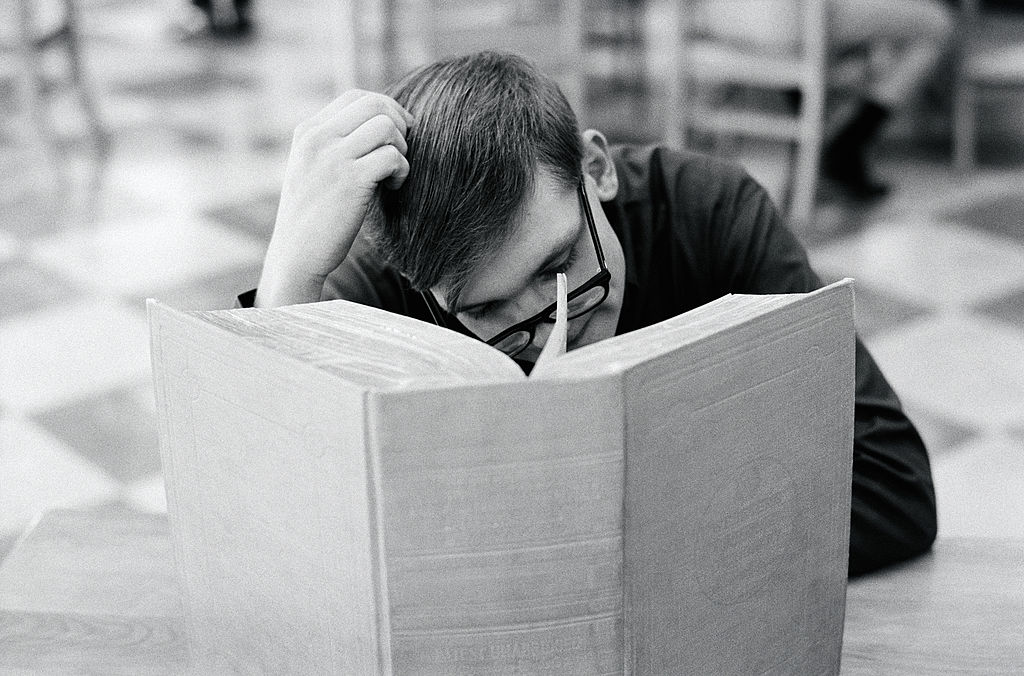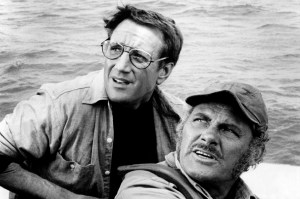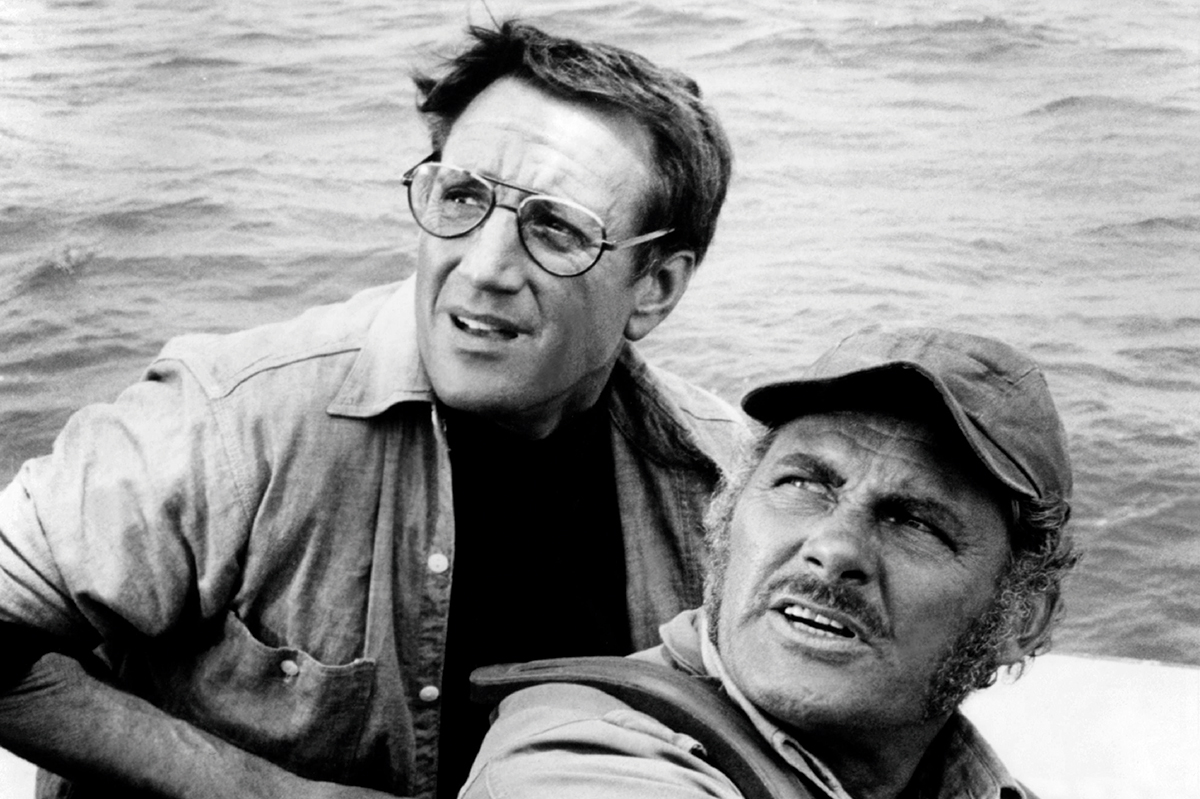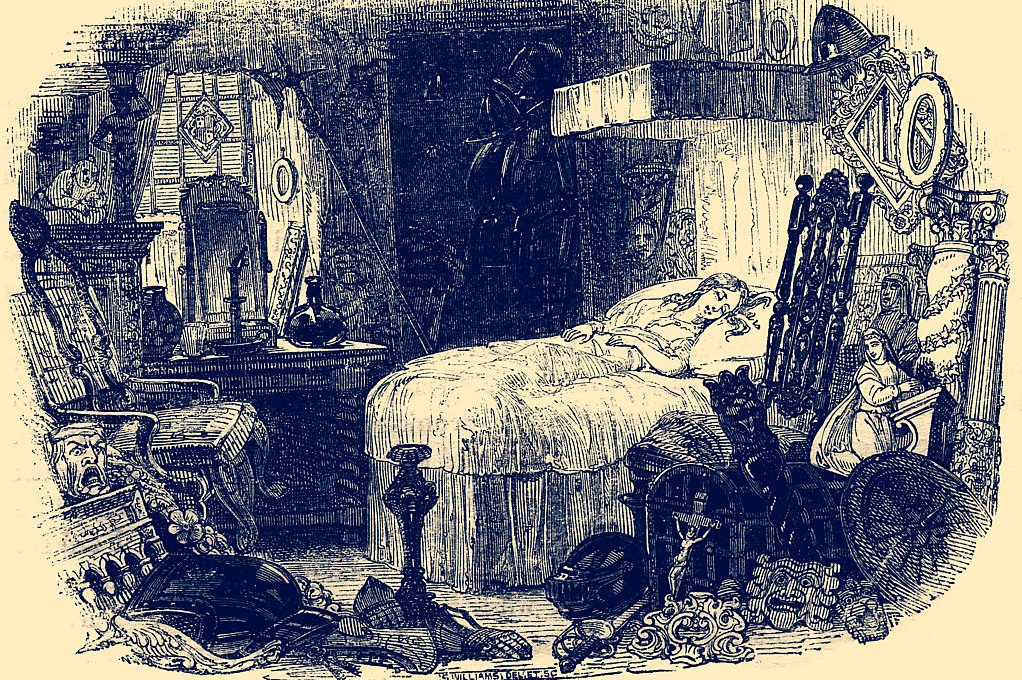Patrick Ryan’s second novel is a small-town family saga that spans three generations, four wars, 11 presidents and many a watershed moment along the way. Ryan understands that big stories are made of small moments, not the other way around, and Buckeye is a fine illustration of how drawing-room tensions can fester and become matters of historical significance.
In 1945, very few young men can be seen walking the streets of Bonhomie, Ohio. Cal Jenkins, a hardware store clerk with one leg shorter than the other, is one of them. The superheroes in the comic books he reads are versions of himself, but for the limp.
Cal is married to Becky, whose occasional séances with her childhood friend Janice he initially brushes off as an innocuous, if slightly odd, pastime. But the more the war makes the land of the living a “fractured and smoldering place” leaking “heavily into the other side,” the more Becky’s ability to summon the dead gains popularity. When she advertises her “spirit liaison” services in the local gazette, strangers begin pouring into the Jenkins’s home at all hours of the day, and Cal’s skepticism toward Becky’s gift sours into resentment.
Meanwhile, Margaret Salt arrives in Bonhomie from the bigger, more glamorous Columbus following her husband Felix’s promotion to an executive role at Tuck & Sons, the town’s aluminum plant. By all appearances, Felix is the ideal husband: as handsome as “someone in a cigarette ad,” headed for professional success – and a perfect gentleman to boot. But Margaret doubts the true extent of his attraction to her – a doubt borne out years later, when he comes out as gay. Meanwhile, she teaches adults how to waltz but cannot guide her own marriage out of its standstill. When Japan bombs Pearl Harbor, Felix enlists in the Navy, widening the distance between the newlyweds.
On the day that Germany surrenders to the Allies, Margaret enters Cal’s hardware store looking for a radio and, on hearing the news, gives him a coral lipstick kiss. The affair that ensues carries consequences neither anticipates, joining their families’ fates.
Buckeye commits its characters to some spectacular mistakes before they learn not to let themselves be paralyzed by what they have no control over – war, death, disabilities – and that their “life’s work” must be to use the means available to them to the best ends: to forgive and move on, to right the things they’ve gotten wrong, to tend to their relationships while still possible.
After his insecurities about his limp almost destroy his marriage to Becky, Cal regrets “the clarity of hindsight without the means to change anything” that only comes to him later in life. Though “what the dead most often conveyed was love and forgiveness,” it takes Becky many disagreements and one long separation from Cal to realize that “these were the two most important things in the world.” When the war finally catches up with Felix in the form of a terminal emphysema brought on by the habit of heavy smoking he picked up on the ship, he reconciles with his estranged son Tom and reflects that “all we should ever want of time is more of it.”
Only Margaret is never granted the wisdom bestowed by old age. Instead, her mother’s abandonment of her as a toddler impinges on her choices to the point that she abandons her own son, Tom, perpetuating the cycle. The never-realized reconciliation between mother and son is a kind of self-rebuttal, the novel’s darkest counterpoint to its own proposal that bad decisions can always be amended in the name of love.
Buckeye occasionally negotiates an odd tension between quasi-sitcom warmth and the novel’s jarring events. Becky’s mother’s advice that she patch up her marital issues by giving Cal extra-tight hugs “to squeeze the stupid out” sounds like something straight out of Gilmore Girls. When the ghost of Mrs. Dodson, Becky’s kindly neighbor, reassures her that while dying is unpleasant, death is wonderful, the novel’s desire to be uplifting borders on the wishful. Now and then, this saccharine quality overwhelms Ryan’s style: the sky is “mottled with mackerel clouds”; a moth is “the size of a guitar pick”; explosions targeting Felix’s ship are “cauliflower flashes of orange-yellow etched in black.” This effect of narration as told through the perspective of a child might have something to do with Ryan’s background as an author of three books for young readers.
Even so, Ryan’s literary touch never tends to the rose-tinted or the simplistic. His favorite rhetorical figure appears to be antithesis, which he uses to render his characters’ dilemmas and contradictions afresh. “It seemed impossible that she would go. It seemed impossible that she wouldn’t” perfectly encapsulates Margaret’s conflicted feelings at receiving news of Felix’s impending death. But antithesis finds no place in the book’s profoundly liberal take on war. Ryan condemns it unequivocally as something disingenuously marketed by those who don’t fight it, prolonged by greed and politics while devastating families and communities and abandoning the veterans it has broken. The criticism is more than fair, but feels incomplete without acknowledging its own antithetical truth: namely, that war is sometimes simply necessary.
Buckeye doesn’t pretend to be perfect. In fact, it doesn’t pretend to be anything other than what it is: a common story about common people full of common truths. Despite his occasional lapses into wish-fulfillment, Ryan makes hope seem plausible without soft-pedaling the damage people do to each other; he earns his optimism by first accounting for its true costs. This is fiction that manages to be clear-headed about human frailty and generous about human possibility, and the balance feels exactly right.
This article was originally published in The Spectator’s September 29, 2025 World edition.


























Leave a Reply